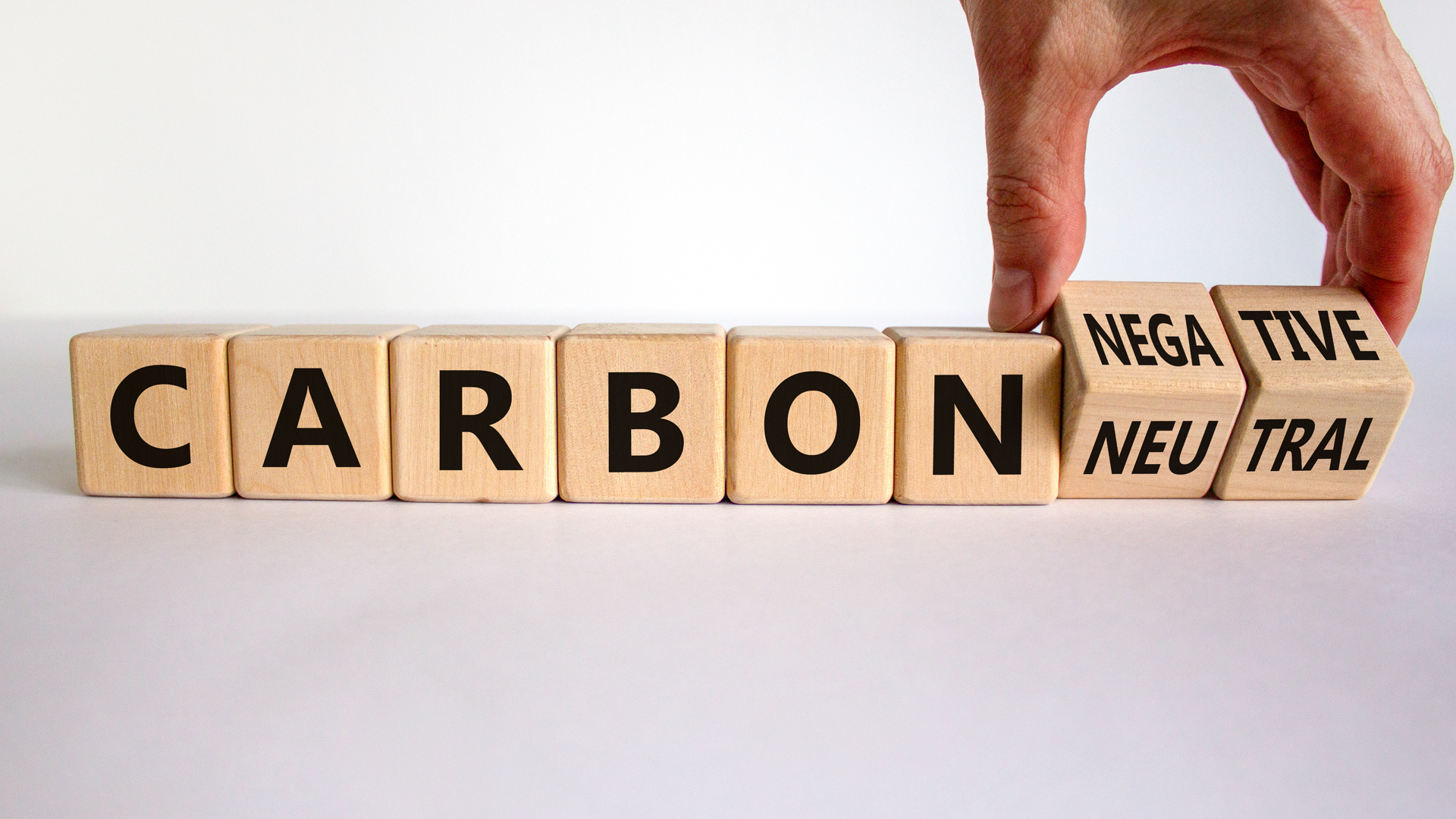Why Planting Trees Can Save The World!
Your ultimate guide to why planting trees is the most blam thing ever!
Trees are silent superheroes. They provide us with oxygen, absorb carbon emissions and provide a home to all kinds of wildlife.
Scientists say that planting trees is a fantastic way to tackle climate change. That's not to say they want you to grab a spade and plant one anywhere you like.
We spoke to Dr. Kate Hardwick at the Royal Botanic Gardens in Kew to find out about the best way to plant trees and how you can incorporate them into your life at school, as well as helping save the world!
PROTECT YOUR TREES!
"Don't let the people who run the school cut any existing trees down," says Dr Hardwick. "The caretaker, the teachers and the governors have to leave trees and bushes alone, especially during nesting season. People have an urge to cut things back to make things look neat, but allowing things to get messy is good for wildlife. "Leave dead tress alone too, because birds love to roost in there as it's easy to get in and out of them."

WORK TOGETHER!
"This one is perfect for schools. You can plant tress as a class activity, and you can involve parents too. The Woodland Trust can offer some great advice and have some great resources; they can even provide free trees for schools and communities!"

PLANT DIFFERENT TYPES OF TREES!
"It's important to plant different types of trees, like evergreens, big oak trees and smaller ones like rowans, so you have structural diversity. That way, you'll get lots of different bird and insects coming to your site."

PICK THE RIGHT AREA!
"Avoid planting in the shade of other trees, because they need lots of light to grow. Avoid planting them in sports fields and playgrounds because they'll get damaged during games."Consider what the trees are going to look like when they're fully grown. Will they block light or create a security hazard? "Don't plant trees close to buildings, especially oaks, as the roots can get under buildings and cause damage."

LET NATURE HEAL ITSELF!
"You will need to clear the weeds around the trees for the first three years, otherwise they won't grow properly. But the idea is that, in the long run, try and let the area go a bit wild because that will bring more wildlife into the area. "Once the trees have become big and strong, then just let the area go a little bit wild, because that will be great for wildlife."

PLANT A MIXTURE OF TREES!
"Rowans and hawthorns provides lots of berries which birds will enjoy, while holly provides berries and evergreen cover which gives shelter. "Oaks are really good for insects, hazel bushes are good for squirrels, while cherry trees and crab apple trees provide fruit for birds."

USE BRITISH TREES!
"The main thing here is to ask your supplier to confirm they're using British trees as importing trees from Europe runs the risk of bringing disease into the country."

GET ORGANISED!
"You'll need to ask your teachers and governors about the long term plans for the school. It would a shame to spend time planting and looking after trees in a part of the school ground, only for that area to be turned into a sports equipment hut just as it was beginning to mature and attract wildlife. "Another thing to do is start a bird count like the RSPB Big Garden Birdwatch or a school woodland watch. What you'll discover is that as the trees begin to mature and produce fruit, you'll get more and more birds visiting the area. It would be interesting to keep a record and see how it has changes in the years to come. "Your art teacher could get involved, by getting the class to draw the woodland area each year and you'll get a artistic record of how it's developing."

THINK ABOUT CARBON!
"One thing you could do is use an online carbon calculator. If you just measure the size of a tree, it will estimate how much carbon its saving. "You could work out how much carbon is stored by your trees each year, then compare it to the carbon footprint left by a car journey or a flight to Spain. Then you can see how much carbon your trees are offsetting!"







